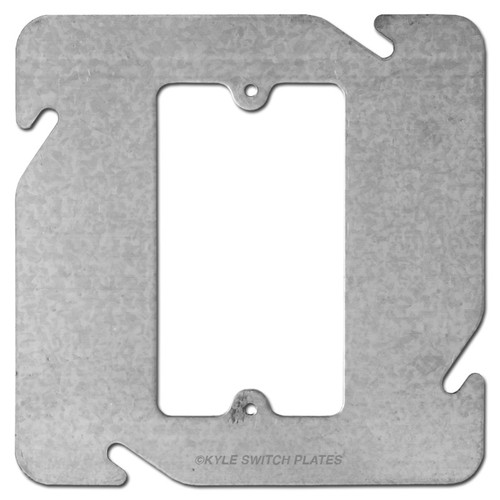

Junction boxes should always be fixed to a rafter, joist etc using screws through the holes in the back of them. These regulations must be adhered to to avoid possible overloading the electrical wiring. When using junction boxes to extend ring mains or radial circuits, remember that the regulations limit the length of cable for both ring and radial circuits, and also how spurs are connected to ring mains. The number of cores which can be joined is limited by the number of holes/screws in each terminal - these can vary from 2 to 6.Ī problem when purchasing Junction Boxes is to know which type of terminal is fitted and, where Bus Bars are fitted, how many cable cores can be connected to each terminal. Bus Bar screw terminals - with these types of terminals, each cable core has its own location hole and screw for securing to a terminal.Single screw point terminal - as the name implies, each terminal has just one large screw which is used to secure all the cable cores being joined together.

One thing to watch out for with the number of terminals, is the type of terminal used. Junction boxes have 3, 4, 5 or 6 terminals and the number required depends upon the application. The size used should equate to the current rating of the circuit being connected into - you can always use a higher rated box than the circuit but never a lower rated box.įor a lighting circuit use a 20amp junction box and for a ring main or radial circuit use a 30 amp junction box. Junction boxes are rated in amps (typically 5, 20 or 30 amp). Junction boxes can be found as either round or square boxes, round ones are more common, square ones tend to be used for higher current cables. They can also be used to make repairs where a section of cable needs to be replaced. Junction boxes are used to connect cables to add socket, lighting points, extend circuits etc.

From 1st January 2005, the Building Regulations Part P requires, in England and Wales, that only certified persons can carryout electrical installation work, or the work must be certified upon completion - see this page for more details.Īlways isolate any electrical circuit before working on the circuit.
#Plaster ring to use with brown electrical box how to
Stay tuned…! Want to learn more about straw bale houses and how to build one? Want to do so for FREE? Sign up for our totally free 16 Day Straw Bale eCourse! Find out more HERE.Please note that all electrical wiring and installation details given on is for information purposes only.

I think it may be a great idea for simplifying plastering around boxes as well as creating flush finishes with the trim out. The time spent taping the boxes is well worth the effort as unplugging the small screw holes after the plaster has dried in them is more than a pain in the neck! I am about to try a cool idea on the house I am currently working on and if it works out, I will let you know. The red helps locate them later should they get fairly well covered with plaster and the duct tape is strong enough to defend against a wayward trowel. To avoid this, be sure to fully tape off all electrical boxes with red duct tape so that they will be well protected. It is all too common for plaster to fill up electrical boxes and cause major headaches for the electricians during trim out.


 0 kommentar(er)
0 kommentar(er)
